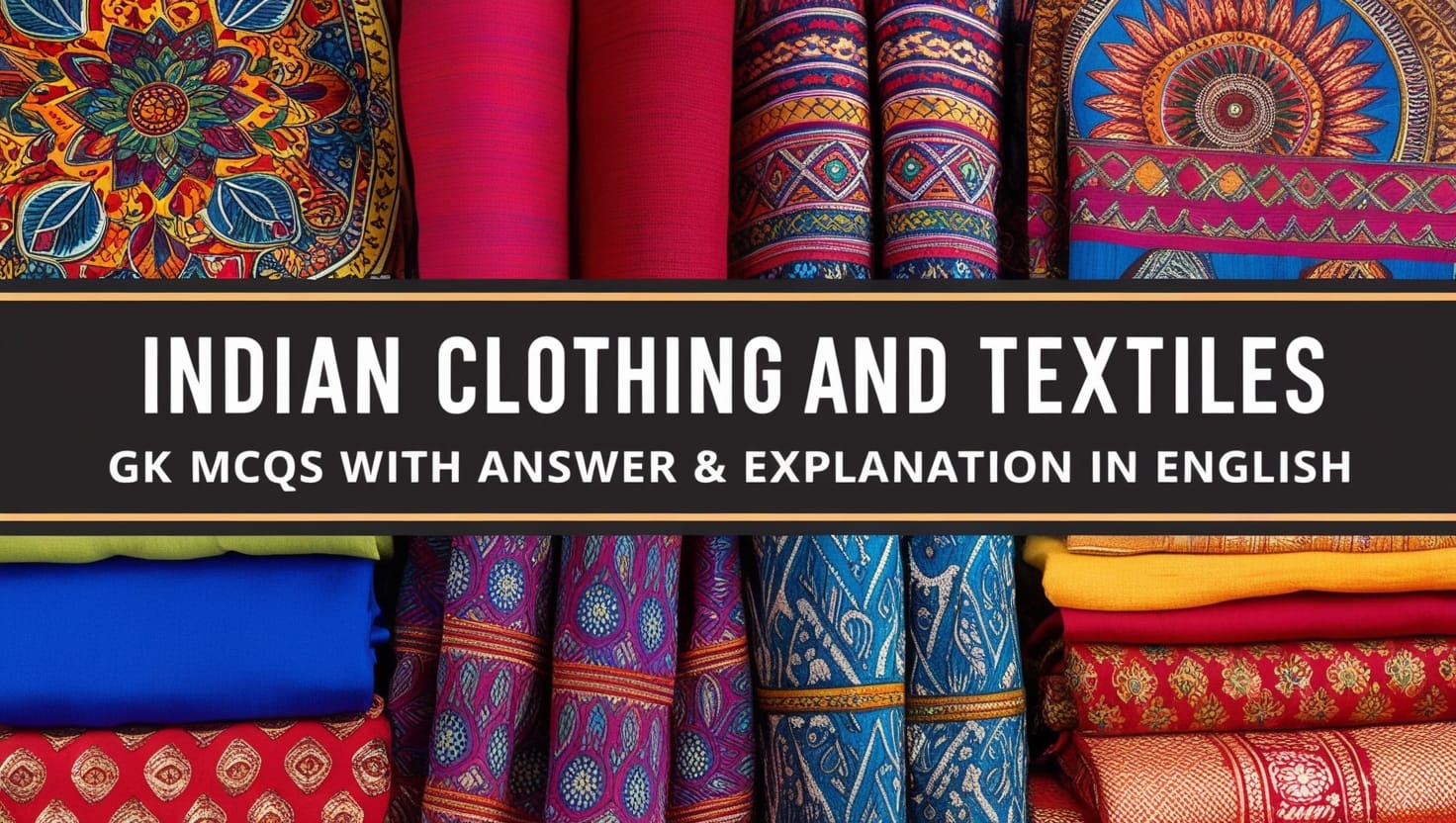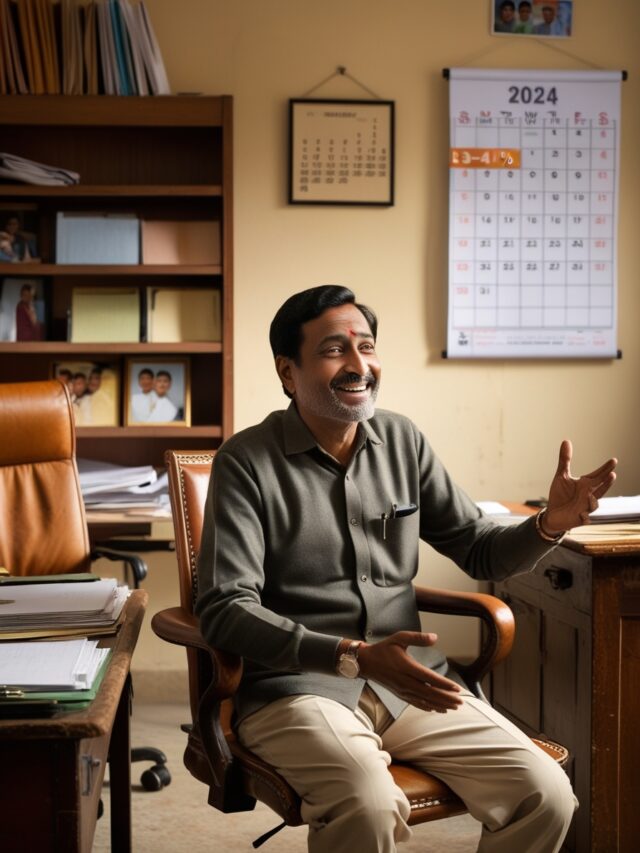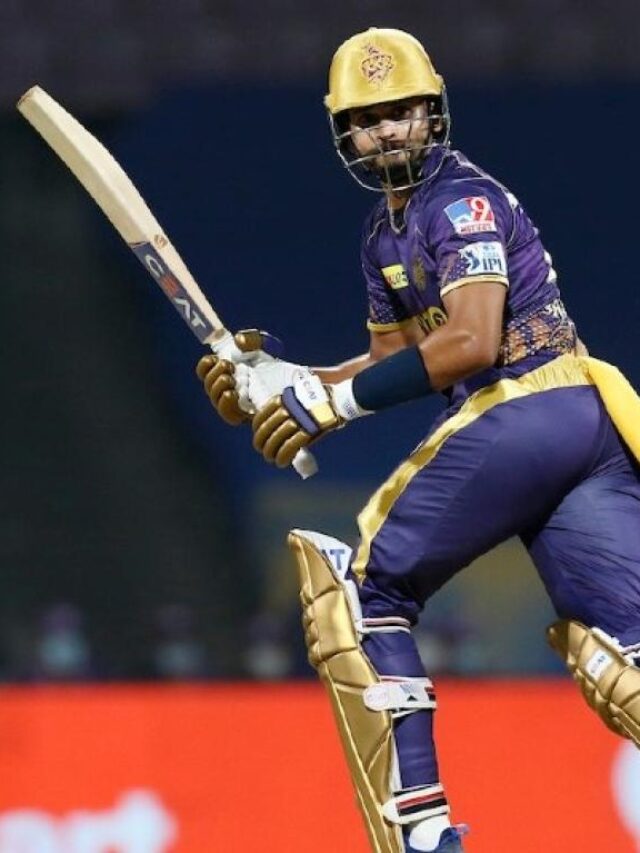
Indian clothing and textiles hold a significant place in the country’s cultural and historical identity, showcasing a diverse range of fabrics, designs, and traditions.
From the vibrant sarees of Banaras to the intricate weaves of Kanchipuram, Indian textiles reflect the artistry and craftsmanship of various regions. This article, Indian Clothing and Textiles GK MCQs With Answer & Explanation in English, provides a comprehensive collection of multiple-choice questions, along with detailed answers and explanations, to help you enhance your general knowledge on this fascinating subject.
Perfect for students, aspirants, and enthusiasts alike, delve into the rich heritage of Indian attire and textiles with this insightful guide!
1. Shaphee Lanphee, a traditional textile fabric, is a GI product from which of the following states?
- Assam
- Manipur
- Jammu & Kashmir
- Andhra Pradesh
Show Answer
Answer: Manipur
Shaphee Lanphee is a traditional textile fabric woven and embroidered by Meitei women of Manipur, a state in northeastern India. This fabric holds significant cultural and historical importance and was historically presented as a gift of honor. Meitei women are known for their intricate weaving and embroidery skills, and Shaphee Lanphee is often used in traditional ceremonies and rituals. The art of creating Shaphee Lanphee is passed down through generations, making it an essential part of the cultural heritage of Manipur.
2. Which country is first in global jute production?
- USA
- China
- India
- Bangladesh
Show Answer
Answer: Bangladesh
Bangladesh is the leading global producer of jute, a versatile natural fiber that has various applications, including textiles, packaging materials, and more. Jute is often referred to as the “golden fiber” due to its economic significance. Bangladesh’s jute industry plays a crucial role in the country’s economy, providing employment and contributing to its export earnings.
3. When was the National Textile Policy passed by the Government of India?
- 1991
- 2000
- 2001
- 2005
Show Answer
Answer: 2000
The National Textile Policy was passed by the Government of India in the year 2000. This policy aimed to formulate and coordinate various aspects of the textile industry in India. It sought to address issues related to the growth and development of the textile sector, technology upgradation, export promotion, and improving the overall competitiveness of the industry.
4. Which city is known as the “Manchester of Rajasthan”?
- Jodhpur
- Udaipur
- Bhilwara
- Kota
Show Answer
Answer: Bhilwara
Bhilwara, a city in the northwestern state of Rajasthan, is often referred to as the “Manchester of Rajasthan.” This nickname is attributed to its prominence in cotton textile production within the state. Bhilwara is a hub for textile manufacturing, including the production of fabrics, garments, and yarn.
5. Which Indian city is known as the “Manchester of South India”?
- Coimbatore
- Chennai
- Bangalore
- Visakhapatnam
Show Answer
Answer: Coimbatore
Coimbatore, located in the southern state of Tamil Nadu, is known as the “Manchester of South India.” This nickname is due to its significant contribution to the textile industry, particularly in cotton production. Coimbatore is home to numerous textile mills and manufacturing units, making it a key textile hub in South India.
6. Which Indian city is known as the “Manchester of India”?
- Ahmedabad
- Ludhiana
- Hisar
- Lucknow
Show Answer
Answer: Ahmedabad
Ahmedabad, a major city in the western state of Gujarat, is known as the “Manchester of India.” This moniker is a nod to its historical importance in the cotton textile industry. Ahmedabad’s proximity to cotton-growing areas and its legacy in textile manufacturing have earned it this distinction.
7. Which Indian city is known as the “Manchester of North India”?
- Ahmedabad
- Kanpur
- Hisar
- Lucknow
Show Answer
Answer: Kanpur
Kanpur, situated in the northern state of Uttar Pradesh, is known as the “Manchester of North India.” This title acknowledges the city’s substantial presence in the cotton textile industry. Kanpur has a rich industrial history, including cotton and leather manufacturing.
8. In which city was India’s first cotton textile mill established?
- Mumbai
- Ahmedabad
- Ludhiana
- Jaipur
Show Answer
Answer: Mumbai
India’s first cotton textile mill was established in 1854 in Mumbai (then Bombay). This marked a significant milestone in the country’s industrial development and laid the foundation for the growth of the Indian cotton textile industry. The mill played a pivotal role in initiating textile manufacturing in India.
9. What is the process of making thread from the fibre known as?
- Knitting
- Ginning
- Weaving
- Spinning
Show Answer
Answer: Spinning
Spinning is a fundamental process in the textile industry where fibers, often of cotton or other natural materials, are converted into thread or yarn. This process involves drawing out fibers and twisting them together to create continuous strands of yarn. Spinning is a crucial step in preparing the material for subsequent weaving or knitting processes.
10. When was the Cotton Supply Association founded?
- 1857
- 1858
- 1859
- 1860
Show Answer
Answer: 1857
The Cotton Supply Association was founded in 1857 in Britain. Its primary objective was to encourage the global production of cotton and reduce dependence on the United States for raw cotton. This initiative was particularly significant given the disruption of cotton supply during the American Civil War. The association sought to ensure a stable supply of cotton for the textile industry worldwide.







